Magnetite is one of the types of iron oxide that has attracted much attention because of its unique properties compared to other nanomaterials; it has wide applications in various fields. There are several physical and chemical methods for preparing magnetite nanoparticles. Nano-sized magnetite has super paramagnetic properties, high surface-to-volume ratio and biocompatibility. Because of these superior properties, magnetite nanoparticles have been used in areas such as catalyst design for organic reactions, water treatment and wastewater treatment of pollutants such as heavy metals and dyes, imaging of tumor tissue, targeted drug delivery, etc.In this article we talk about iron oxide nanoparticles buy.
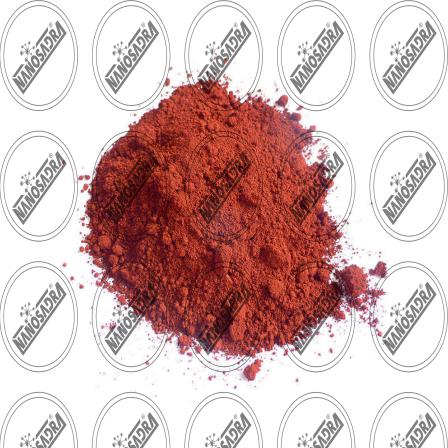
What are the different parts if nanoparticles?
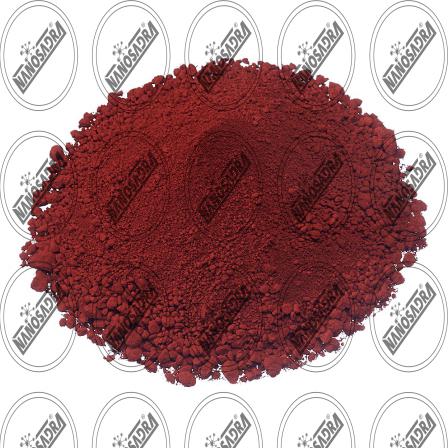 The term nanostructures is often used to describe materials with a scale of 1-100 nm that have unique physical and chemical properties compared to mass or atomic components due to the mesoscopic effect 1, the small size effect 2, the quantum size effect 3, and the surface effect 4. Among the nanoparticles, iron oxide nanoparticles are an example of widely used nanomaterials; there are sixteen phases for iron oxides. Characteristics of these compounds are the trivalent form of iron, their low solubility and their specific color. Among the iron oxides of magnetite nanoparticles (Fe3O4) due to their super paramagnetic properties, low 5 ° C curve temperature, non-toxicity and more have been considered more than other iron oxides [1 – 3]. The magnetite has an inverted spinel crystal structure (Fig. 1a) in which each single cell contains 32 oxygen atoms. The oxygen atoms in the magnetite structure are in the cubic structural arrangement of the full faces. The unit cell edge length is 0.839 nm.
The term nanostructures is often used to describe materials with a scale of 1-100 nm that have unique physical and chemical properties compared to mass or atomic components due to the mesoscopic effect 1, the small size effect 2, the quantum size effect 3, and the surface effect 4. Among the nanoparticles, iron oxide nanoparticles are an example of widely used nanomaterials; there are sixteen phases for iron oxides. Characteristics of these compounds are the trivalent form of iron, their low solubility and their specific color. Among the iron oxides of magnetite nanoparticles (Fe3O4) due to their super paramagnetic properties, low 5 ° C curve temperature, non-toxicity and more have been considered more than other iron oxides [1 – 3]. The magnetite has an inverted spinel crystal structure (Fig. 1a) in which each single cell contains 32 oxygen atoms. The oxygen atoms in the magnetite structure are in the cubic structural arrangement of the full faces. The unit cell edge length is 0.839 nm.
Chemical synthesis of iron oxide nanoparticles
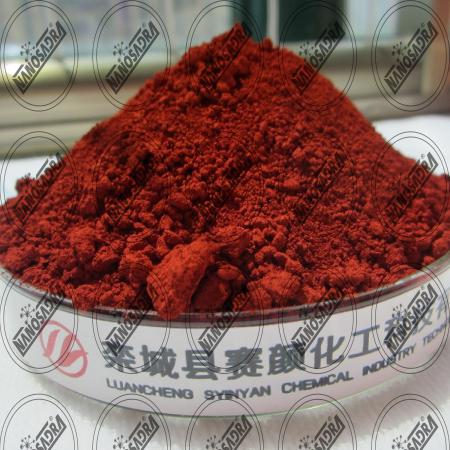 Co-adsorption is a simple and common method for the synthesis of magnetic nanoparticles from their aqueous salt solution. The advantages of this method include the use of water as a solvent, high efficiency and purity and ease of adjustment of reaction conditions. The covalent reaction takes place at room temperature or above by neutralization with an increase in openness to the iron salt solution. Magnetite deposition is obtained in an environment of pH = 8-14 with a 2: 1 stoichiometric ratio (Fe3 + / Fe2 +). The size, shape, and composition of the commercial iron oxide nanoparticles depend on the Fe2 + / Fe3 + ratio, reaction temperature, open type used, stirring speed, and so on. As the ratio of ferrous to ferric ions increases, larger hydroxide particles will form as Fe3O4 and the diameter of the obtained Fe3O4 nanoparticles will increase. The effect of temperature during the synthesis of Fe3O4 is such that it is formed below 60 ° C with hydrated oxyhydroxide which readily converts to Fe2O3. The formation of Fe3O4 is favorable if the reaction temperature is set above 80 ° C.
Co-adsorption is a simple and common method for the synthesis of magnetic nanoparticles from their aqueous salt solution. The advantages of this method include the use of water as a solvent, high efficiency and purity and ease of adjustment of reaction conditions. The covalent reaction takes place at room temperature or above by neutralization with an increase in openness to the iron salt solution. Magnetite deposition is obtained in an environment of pH = 8-14 with a 2: 1 stoichiometric ratio (Fe3 + / Fe2 +). The size, shape, and composition of the commercial iron oxide nanoparticles depend on the Fe2 + / Fe3 + ratio, reaction temperature, open type used, stirring speed, and so on. As the ratio of ferrous to ferric ions increases, larger hydroxide particles will form as Fe3O4 and the diameter of the obtained Fe3O4 nanoparticles will increase. The effect of temperature during the synthesis of Fe3O4 is such that it is formed below 60 ° C with hydrated oxyhydroxide which readily converts to Fe2O3. The formation of Fe3O4 is favorable if the reaction temperature is set above 80 ° C.
A buying guide for iron oxide nanoparticles
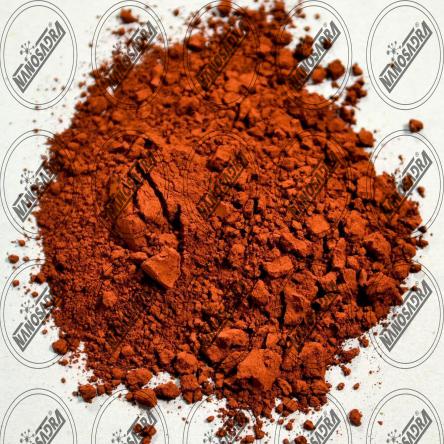 The sol-gel process is a chemical process for the synthesis of iron nanoparticles from inorganic raw materials or a combination of organic-inorganic matter. The structure and composition of nano-oxides prepared by sol-gel method depend on the conditions of synthesis, precursor nature, solvent, temperature and pH. Advantages of this method are the availability of suitable materials due to the ability to control the synthesis process, the existence of homogeneous multicomponent systems due to mixing in the liquid medium and the low temperature for the material to process. The mechanism of the method is based on the hydroxylation and density of the molecular precursors in the liquid. Higher density and inorganic polymerization lead to the formation of a three-dimensional network called the gel.
The sol-gel process is a chemical process for the synthesis of iron nanoparticles from inorganic raw materials or a combination of organic-inorganic matter. The structure and composition of nano-oxides prepared by sol-gel method depend on the conditions of synthesis, precursor nature, solvent, temperature and pH. Advantages of this method are the availability of suitable materials due to the ability to control the synthesis process, the existence of homogeneous multicomponent systems due to mixing in the liquid medium and the low temperature for the material to process. The mechanism of the method is based on the hydroxylation and density of the molecular precursors in the liquid. Higher density and inorganic polymerization lead to the formation of a three-dimensional network called the gel.
Price list of iron nanoparticles for bulk buyers
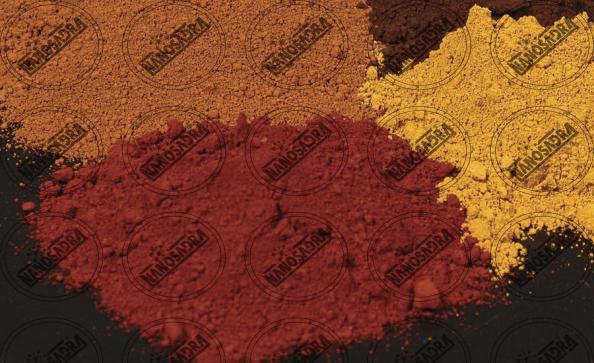 Nanoparticles price list can be obtained from online stores. Magnetite nanoparticles have many hydroxyl groups on their surface. The hydroxyl groups adsorbed on the surface of the magnetite nanoparticles are active components that can react with acid or base; hence the chemistry of the surface of the magnetite is strongly dependent on the pH of the environment. Hydroxyl groups also react with other inorganic and organic anions and can also adsorb cations or protons. It was mentioned earlier that magnetite nanoparticles have high magnetic properties and high surface area, and thus tend to clot and oxidize. In order to prevent these events, the process of encapsulation of 18 nanoparticles by protective agents is necessary. The stability of the colloidal suspension results from the protective factors due to the balance between repulsive forces and gravity.
Nanoparticles price list can be obtained from online stores. Magnetite nanoparticles have many hydroxyl groups on their surface. The hydroxyl groups adsorbed on the surface of the magnetite nanoparticles are active components that can react with acid or base; hence the chemistry of the surface of the magnetite is strongly dependent on the pH of the environment. Hydroxyl groups also react with other inorganic and organic anions and can also adsorb cations or protons. It was mentioned earlier that magnetite nanoparticles have high magnetic properties and high surface area, and thus tend to clot and oxidize. In order to prevent these events, the process of encapsulation of 18 nanoparticles by protective agents is necessary. The stability of the colloidal suspension results from the protective factors due to the balance between repulsive forces and gravity.

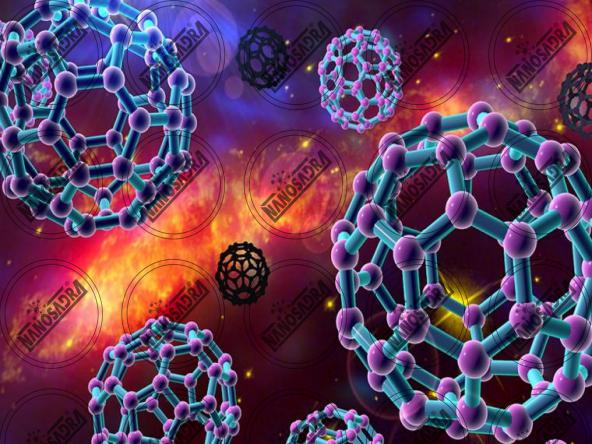
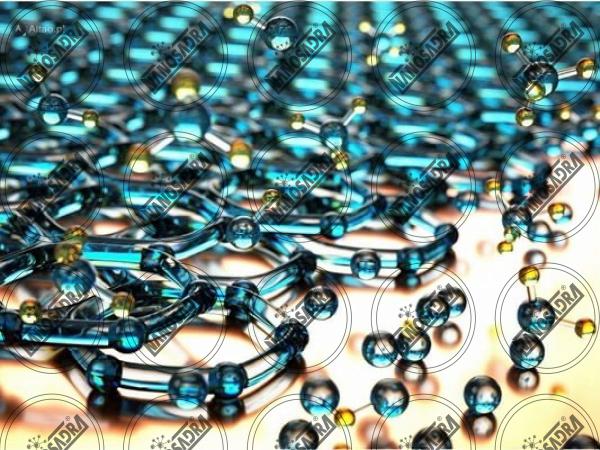
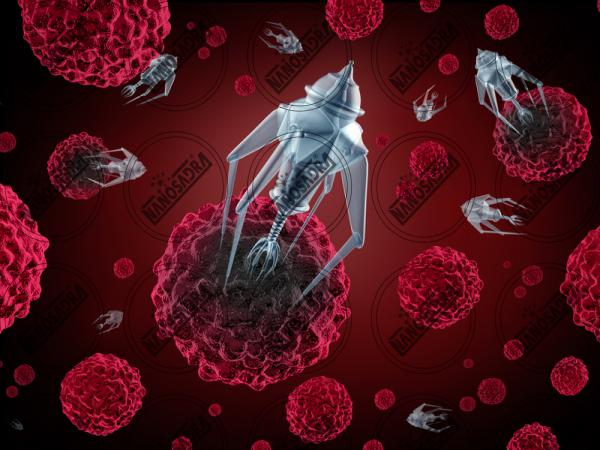

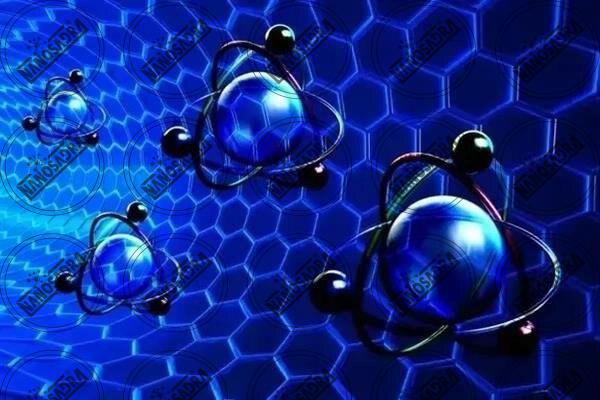




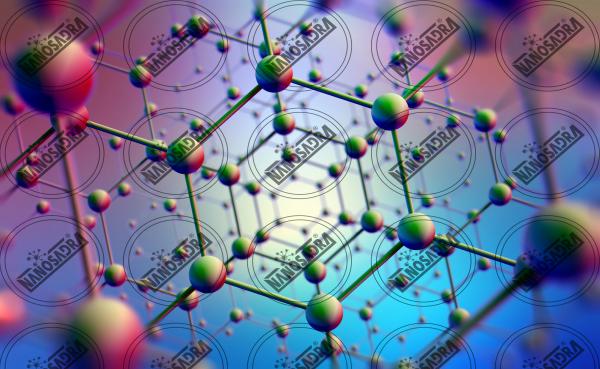
Your comment submitted.